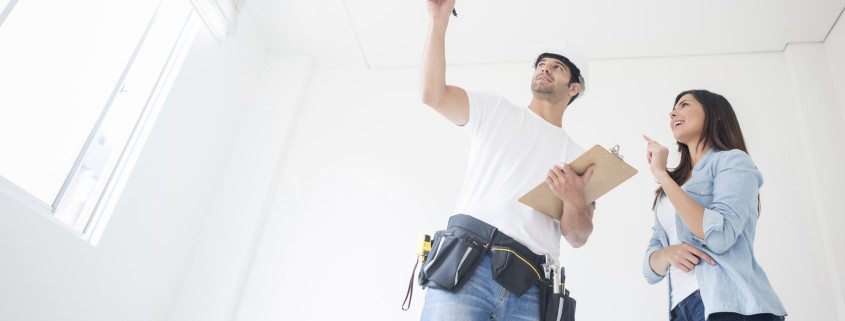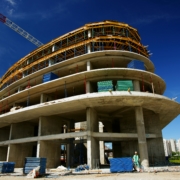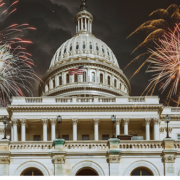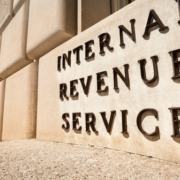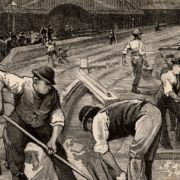Differences Between 45L Tax Credit and 179D Tax Deduction
This article is meant to assist you to understand the policies that the U.S government is employing to favor the construction of Eco-friendly houses and gadgets in general by use of tax incentives. The aim here is to enlighten all parties that have particular interests in saving up monies meant to engage in the construction of commercial buildings as well as homes. Before getting into the intricate detail, we shall first proceed into defining some terms to enable easier navigation of the information herein.
-
Tax credit
Tax credits are sums of money that taxpayers are allowed to deduct from the sum of taxes they owe the government. These tax credits are awarded to both persons and enterprises for specific stipulations and vary in value depending on the set criteria. Unlike tax exemptions and deductions, tax credits never diminish a person’s taxable income. Instead, they reduce the amount of tax owed to the government. They are refundable, non-refundable or partially refundable
-
Tax relief and incentives
Tax incentives/holidays are programs initiated by governments to reduce the sum of tax individuals, or business entities owe the government. Governments, especially the U.S government exploit these programs to foster environmental causes among other crucial but abandoned causes that are a prerogative of the government.
Both the 45L tax credit and 179D tax provisions were extended by the President of the United States, Barrack Obama in the year 2015 to further and prolong the substantial gains the country has been enjoying from energy efficient and Eco-friendly constructions. The two provisions, though coined brilliantly by legislators to serve the same purpose and foster the same cause, are significantly different to widen the scope in which these tax incentives pull in different multitudes with different financial capacities into the same onslaught against energy-exhaustive buildings and manufacturing.
-
179D tax deduction
The 179D tax provision is an incentive that allows for reduction of the amount of taxable income. It provides for an exemption concerning energy proficient enterprise buildings for either a part or total of the charge of the energy-saving commercial building placed by taxpayers in service for specified periods {until December 31, 2016, after the signing of the Protecting Americans from Tax Hikes of 2015 (PATH Act) by President Obama}. The incentive lets commercial contractors make 1.8 dollars for every square inch in deductions for constructions and building upgrades that feature up to 50 percent cuts in energy usage. For instance, a building with eight stories each measuring 64 square feet translates into a total 512 square feet and attracts a deduction of close to 1000 dollars in taxable income. Persons who qualify for such deductions include
- Designers, architects, and surveyors who plan for construction of LEED-certified Eco-friendly municipal buildings
- Contractors of LEED-certified commercial construction dating back on December 31, 2005
Qualifying for the 179D tax deduction means that person gets to enjoy two key financial benefits including:
- A one-time accelerated reduction of tax payable to the government
- Over 50 percent of savings on utility bills for energy usage
The IRS does not just accept to qualify commercial, municipal and multifamily properties into the program without consulting third party energy inspectors.
-
45L Tax Credit
This incentive program is a tax credit facility and not a tax deduction facility. It was fabricated for the same intention as the 179D tax provision though it serves small-scale family home builders and not large commercial building contractors. It also provides financial benefits for individuals who purposefully construct their buildings or upgrade them to be energy efficient by cutting usage of power by 50 percent. The standards that applicants are expected to meet are the 2006 International Energy Conservation Code (IECC). The general credit awarded for parties who qualify for this IRS program is 2,000 dollars. To qualify, the residence has to:
- Be in the United States
- Be completed before August 8, 2005, and occupied by the time of application. Buildings that date from earlier than August 8, 2005, but have undergone rehabilitation after the set date qualify
- Satisfy the IRS third party energy inspectors to have met the 50 percent energy saving standard
The 2,000 dollars set for successful applicants are entitled to every dwelling unit. Therefore, if an independent contractor was to construct a building of 20 units, the total of the tax credit awarded to the contractor would be 2,000 dollars multiplied by the total units with occupants at the moment tax returns are filed. Any vacant units do not qualify. However, the one-time incentive can still be claimed in the next financial year for the remaining units once they are occupied. These sums are nonrefundable tax credits. They cannot be paid out if the sum of taxes owed to the IRS reduce and reach zero before the credits and debits balance.
You must by now have a comprehensive understanding of the tax holidays offered by the government to foster green, energy efficient constructions. You must have also determined which incentive best applies to your construction plans. Are you a commercial contractor or a private home developer? Are your plans purely on the borderline? Work with the best professional consultants in the field to optimize the tax relief programs to save the extensive amounts of credit and deductions possible. Allow the experts to assist you in maximizing on your investments. Consult with tax professionals on this platform.

